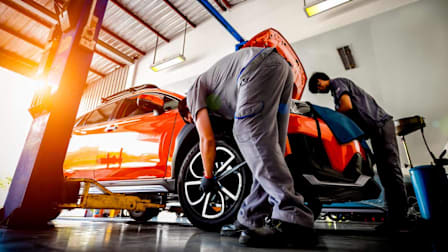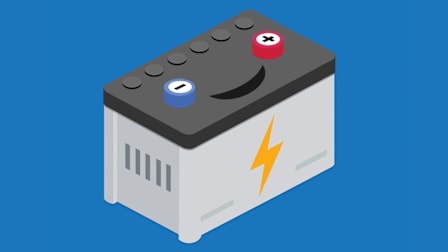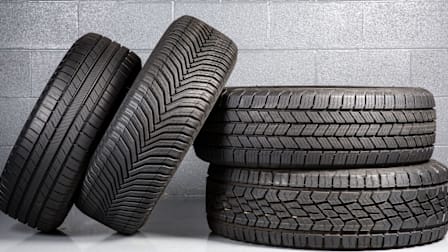How to Keep the Gas Fresh and Protect Your Car During the Coronavirus Pandemic
Experts give some simple tips to protect your engine from stale gas if your car is sitting idle
When you shop through retailer links on our site, we may earn affiliate commissions. 100% of the fees we collect are used to support our nonprofit mission. Learn more.

There are a lot fewer cars out on the road right now, because many drivers are isolating in their homes to protect against the spread of the coronavirus. Overall road travel in the U.S. was down 38 percent for the week ending March 27, compared with typical nationwide travel for this time of year, according to Inrix.com, a company based in Kirkland, Wash., that provides traffic analytics.
If you're driving less, or not at all, gasoline sitting in your fuel tank could be getting old and stale, and degrading.
Why Gas Goes Stale
“The key thing to remember is that gasoline is a living chemical,” says Greg Brannon, director of automotive engineering and industry relations for AAA.
As gas breaks down, you can tell whether you have bad gas just by the way it smells. In the extreme, “gas that is old will start to smell like varnish, and it will also get darker and have a gumminess to it that good gas doesn’t have,” he says. “It’s at this point that the bad gas can start to cause problems with your car’s fuel pump and fuel injectors, affecting its performance because the gasoline is not behaving the way it should.”
Brannon points out that brown, gummy gas represents an extreme scenario. And it's not advisable for the average consumer to go around smelling gasoline. Even so, running into a performance problem because of old gas in your car could easily happen during this pandemic. If you're already a low-mile driver, and the gas sitting in your tank was aging prior to the pandemic, then you could easily hit the three-month age mark.
Find out whether top-tier gasoline is worth the extra price, and use CR's test-based tips to get the best fuel economy now.
Filling Up Combats Fuel Breakdown
A chronically low fuel tank can contribute to the problem in several ways.
“Filling the tank up leaves less room for air and the possibility of condensation in the tank,” Ibbotson says. Make sure you put the stabilizer in right before you add fuel so that it mixes in properly with the gasoline, he says.
Also, moisture can get into the tank over time because gas tanks sweat, and moisture will cause the gasoline to break down even quicker, says Brannon from AAA.
Brannon adds that filling up your tank all the way limits the amount of oxygen inside the tank "for the gas to evaporate into. The less oxygen the gas mixes with, the less it will lose its volatile chemicals into the air.”
The Beauty of Fuel Stabilizer
Fuel stabilizer, a liquid that works to keep gasoline from degrading over time, comes in small bottles that can be easily emptied into a full fuel tank. Common brands, such as Sea Foam and Sta-Bil, are generally available at local auto parts and hardware stores, and they can be ordered online.
Brannon and Ibbotson agree that fuel stabilizer will help make gasoline last longer, but they stress that it will work only if mixed with good gasoline. “Fuel stabilizer can’t reverse the chemicals of bad gas,” Brannon says. Even so, adding stabilizer late in the game can at least stop it from deteriorating further than it already has, he says.
Long-Term Fuel Storage Do’s and Don’ts
With these uncertain times, people might have a notion to stock up on spare fuel stored in gas cans in their garage. Experts caution against this.
“Stocking up on fuel isn’t a good idea unless you are going to use it within a few months,” Ibbotson says. He says adding fuel stabilizer to the stored gasoline will help, but even that is not a cure-all over the long term. Gasoline will still eventually start to break down, at some point, even with a stabilizer.
Brannon says AAA recommends against stockpiling fuel because it can lead to people having too much fuel on hand that they can’t use before it goes bad. “Remember, you can’t just pour old gasoline down a drain; it has to be properly disposed of at a recycling facility,” he says.
If you do store gasoline, make sure you keep it in a DOT-approved, sealed container. “New, portable gas cans don’t have vents like the gas cans of old—they are sealed to protect against evaporative emissions,” says Brannon. This also helps the gasoline last longer.
Brannon says that, just like with your car, store the gas can full to reduce sweating and exposure to the atmosphere.




















